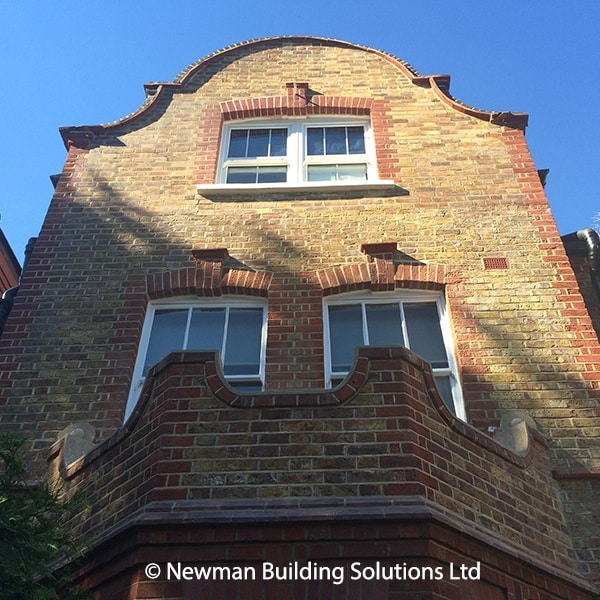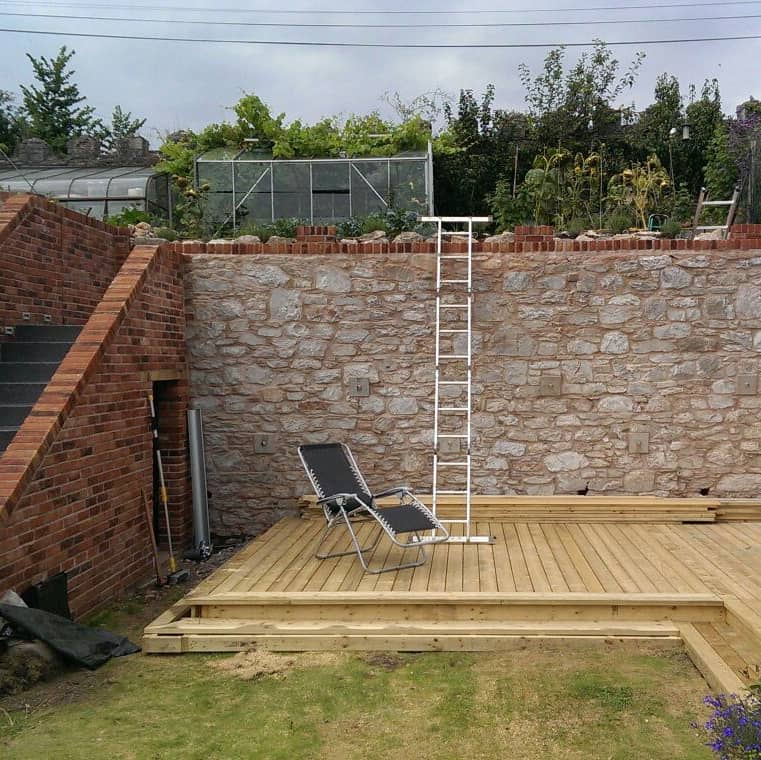Lateral Movement
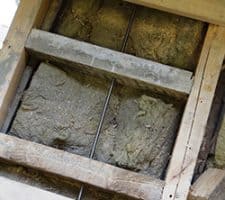
Lateral Movement is a common Structural Defect in period properties and should be assessed and rectified using a Specialist Structural Repair Contractor.
Newman’s carry out many Structural Surveys and Structural Repairs to restrain and repair Lateral Movement, Bowing Walls and Bulging Stonework that has the potential to collapse a building if left ignored.
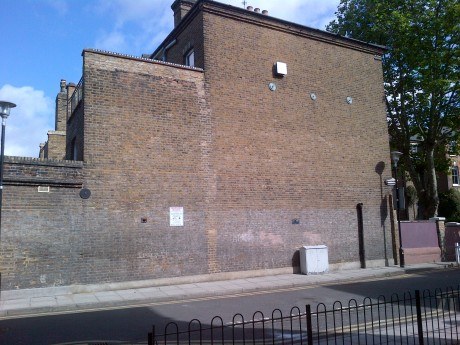
So what is Lateral Movement and Why does it occur?, Lateral Movement is a term used to describe Bowing Walls or ‘Pulling Away’ and when this occurs it often causes structural weaknesses due to the lack of connection between the area of masonry that has moved outwards.
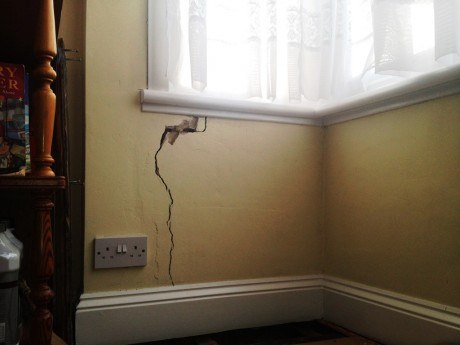
Structures built circa 1970’s often suffer with Lateral Movement especially to gable and flank elevations of the property where the floor and ceiling joists run parallel to the brickwork. This is commonly where the Lateral Movement will occur due to the large expanse of masonry often having no tie to the joists which will strengthen the masonry.
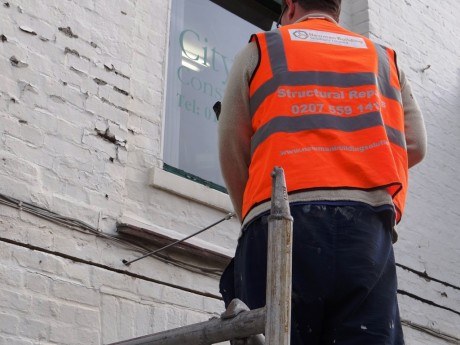
How can we rectify Lateral Movement without Re-building the damaged areas?. Most builders will take one look at a bowed wall suffering from Lateral Movement and assume the only solution is to remove and rebuild the damaged area which is not always the case.
In most instances it is possible to tie the defective areas using Specialist Structural Repair methods to provide a far quicker and less disruptive Structural Repair Solution. When Lateral Movement has occurred Newman’s can install Lateral Restraint Ties through the external masonry via a 12mm hole into the joists of the affected area. With a resin bond in the brick work we can achieve a high resistance to pull out forces which will restrain further Lateral Movement.
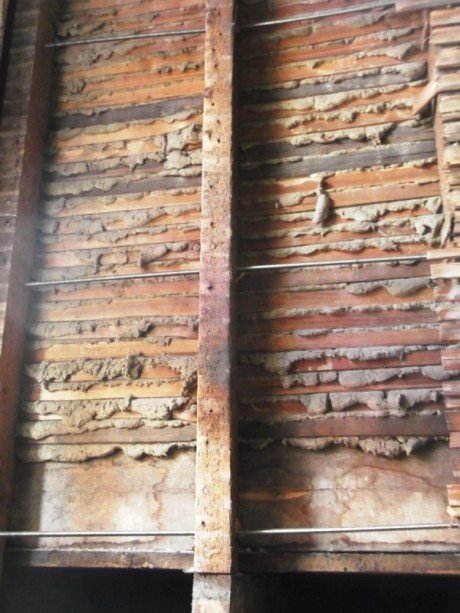
As well as tying into floor and ceiling joists we can tie into masonry spine or stud walls using two methods of restraint. We can use a grouted tie to reconnect bowing external walls to internal walls where Lateral Movement has occurred as well as tying into masonry spine walls we can connect the external wall into stud walls in the same way we tie into floor joists again offering substantial restraint against Lateral Movement.
It’s easy to misdiagnose bowing walls as there are other structural defects which could be causing the Lateral Movement such as wall tie failure, delamination of masonry which is particularly common in buildings that have rubble filled walls which we will explain further in our next blog.
Newman’s can help to diagnose structural defects, cracking and movement by arranging a free Structural Survey, contact London and the south East’s leading structural repair specialists for Help, Advice and peace of mind Call 0333 444 0154 or Email enquiries@newmans.com
